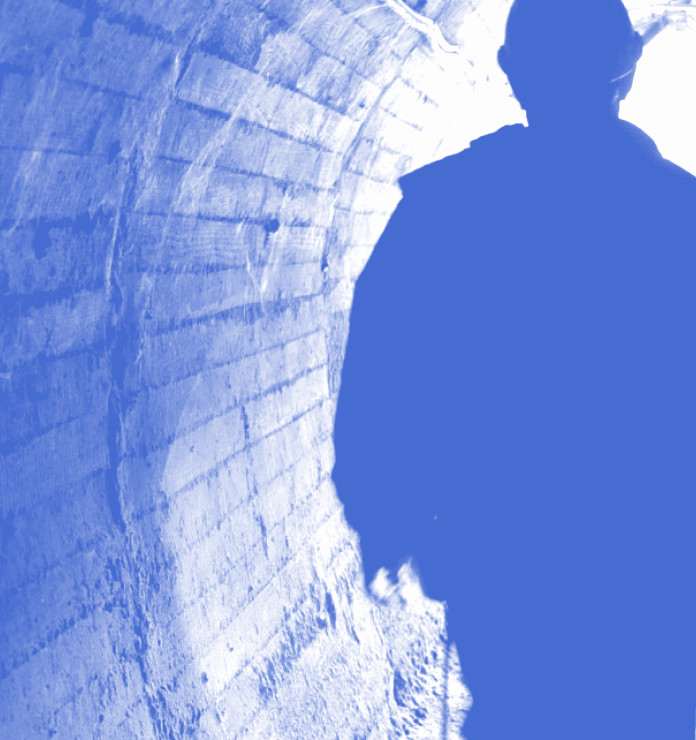Psychological trends mapped
 Safe Work Australia has released new findings on the state of psychological health within workplaces.
Safe Work Australia has released new findings on the state of psychological health within workplaces.
The report outlines how work-related psychological injuries have evolved, revealing key trends during the 2021-22 period.
According to the report, mental health conditions now represent 9 per cent of all serious workers’ compensation claims, marking a notable increase of 36.9 per cent since the 2017-18 period.
The median time off work for mental health conditions is over four times longer than for physical injuries and illnesses, based on data from 2020-21. Furthermore, compensation for mental health claims is more than three times more compared to physical injuries and illnesses.
One of the most concerning findings is that workers filing claims for mental health conditions face more significant challenges in returning to work.
They are also more likely to encounter stigma from their colleagues and employers, highlighting a pressing issue in workplace culture and support systems.
The report leverages data from three primary sources: the Safe Work Australia National Dataset for Compensation-based Statistics, the National Return to Work Survey, and the People at Work risk assessment survey.
Marie Boland, Chief Executive Officer of Safe Work Australia, has emphasised the importance of the report, saying; “The data gives insights that can help governments, researchers, industry and worker representatives to address current and future challenges in psychological health and safety.”
“Proactively managing psychosocial hazards at work not only protects workers, it also benefits businesses by improving organisational performance and productivity,” she said.
Boland pointed out that under model work health and safety laws, psychosocial hazards are treated with the same level of seriousness as physical hazards and risks.
“This data report illustrates the importance of Safe Work Australia’s recent work to support workplaces to understand and meet their work health and safety duties in relation to psychosocial hazards, including the development of a model Code of Practice on managing psychosocial hazards at work,” she said.
Read the full Psychological health in the workplace report or the snapshot.








 Print
Print